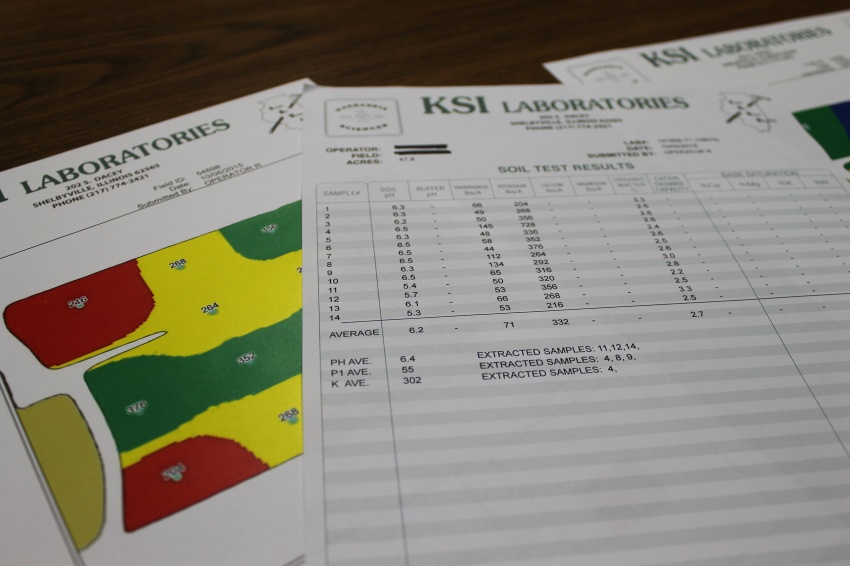Responding to Your Soil Test Results

How to Handle Nutrient Deficiencies and Unbalanced pH

We’re offering some advice from a soybean physiology specialist about how to respond to your soil test results.
“There’s a lot of yield to be gained in soybeans by paying closer attention to fertility,” says Fred Below, Ph.D., a plant scientist at the University of Illinois.
Below has advice for farmers who are currently testing their soils for next season. When those tests show deficiencies or imbalances, you need to act.
Below emphasizes that even though soybeans can fix their own nitrogen, farmers ought to include phosphorus and potassium fertilization in their soybean-production plan. Doing so is likely to bring yield bumps as a reward.
Soybeans and pH
For Below, off-season soil testing and fertility management all come down to responding to pH imbalance or nutrient deficiency, both of which are measured by most soil tests.
“Soybeans are finicky about proper pH,” he says. “They follow what I call the ‘Goldilocks Rule’: Too high and they don’t like it; too low and they don’t like it. They need it to be just right.”
That “just right” range is between 6.0 and 6.8, according to Below. A reading that is either too high or too low can impact yields by as much as 30 percent. Soil pH that is too high can lead to iron chlorosis, while low pH can cause soybeans not to nodulate properly or lead to poor root growth if pH is below 5.5.
Of the two problems, high pH is far more difficult to control, and the options available to farmers for modifying high pH are extremely expensive. Low pH, on the other hand, is more easily fixed.
“Using standard application or using variable-rate technology, you can apply lime and it works very well,” says Below.
Macronutrient Concerns
“Occasionally, I think it’s possible some soybean farmers are underestimating how much of each nutrient the preceding corn crop is removing from the soil,” says Below.
Though he agrees with his fellow plant scientists who point out the importance of potassium, he also believes attention must be paid to phosphorus, especially when following corn in rotation. Below estimates there is a five-bushel bump in yield available to farmers that correctly meet their crop’s phosphorus needs.
His recommendation for farmers facing a phosphorus deficiency is to wait until spring to fertilize for their soybeans. Doing so maximizes the availability of this nutrient when the soybeans need it most.



